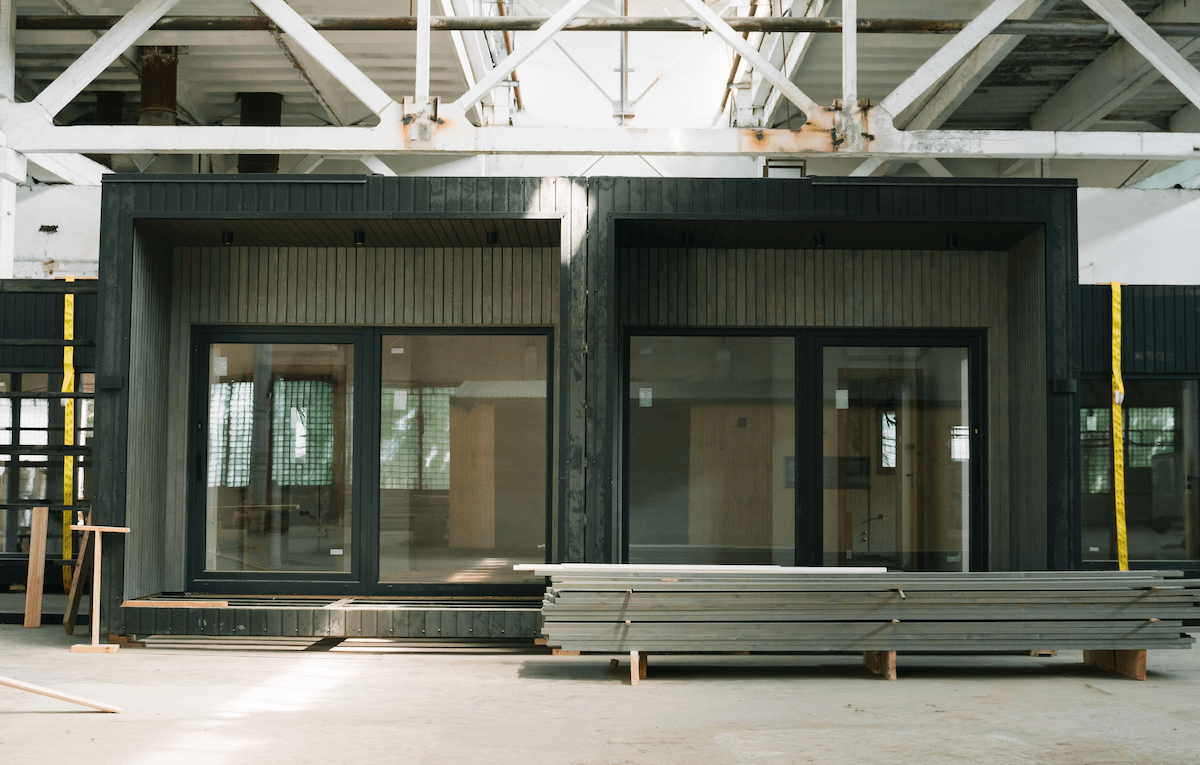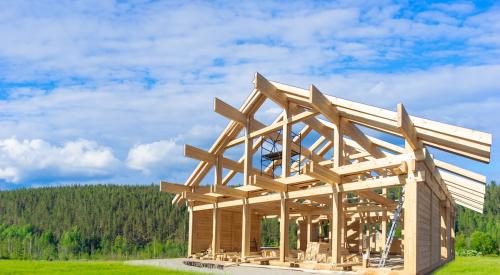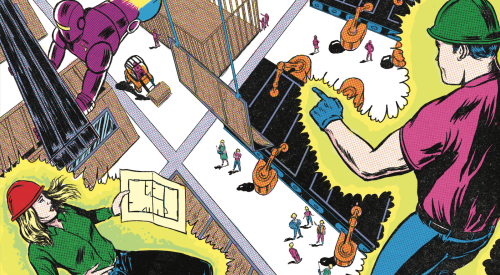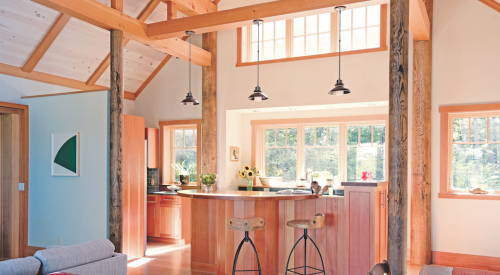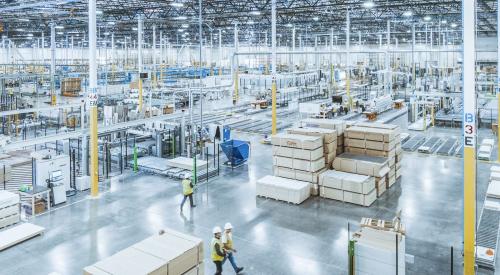Policymakers and housing advocates seeking solutions to the housing crisis point out that home-building productivity has stagnated over the past few decades while other industries, such as automobile manufacturing, have reaped the benefits of factory productivity. So, at a time when the shortage of affordable housing is pressing, many expect that building homes off site would streamline and expedite the construction process, bringing down costs and boosting supply.
But the world of off-site housing is littered with companies that have gone bust. Mark Erlich, a former officer of the New England Regional Council of Carpenters and author of The Way We Build: Restoring Dignity to Construction Work, attributes many of these failures to outside investors' inexperience with the construction industry, Business Insider reports. But there are other factors.
Erlich said the policy landscape wasn't the most significant obstacle for the industry. More important, he argued, was the lack of consistent demand for modular buildings, the high costs of transporting a finished product to the building site, and the decentralized nature of construction. While the timeline for modular construction is consistently compressed, transportation and other costs can mean it isn't cheaper than building on-site.
Investors aren't convinced there's sufficient and consistent demand for modular housing in most markets. Modular construction is best for buildings that have repeated components, such as a hotel with hundreds of identical rooms, a dorm building, or a multi-family apartment building with identical units.
